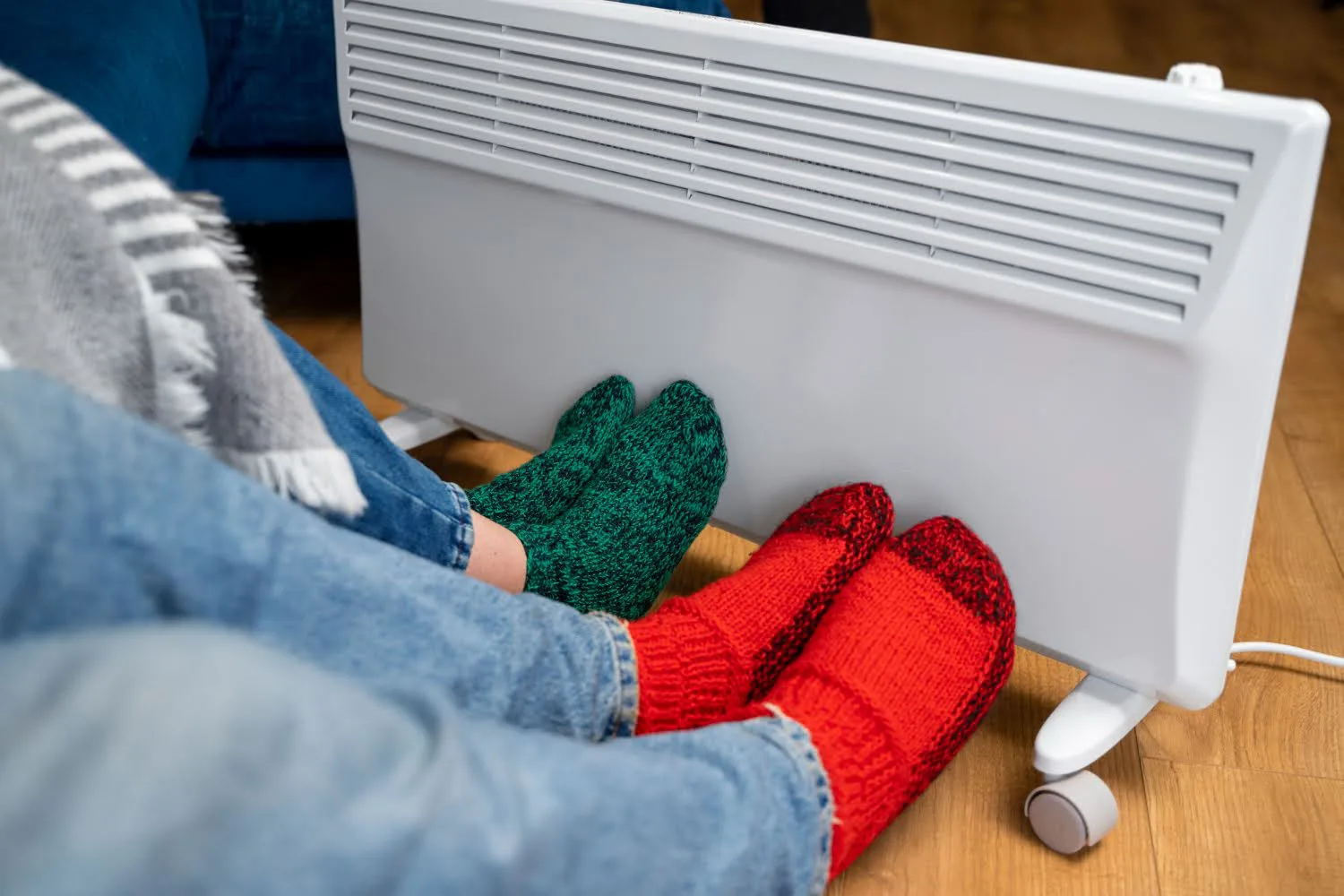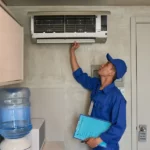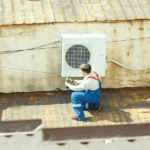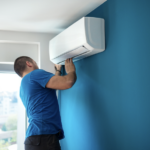Winter can be a chilly time, so making sure your home is cozy is a must. But sometimes, our trusty heating systems run into trouble, leaving us shivering in the cold. In this article, we’ll talk about seven of the most common winter issues HVAC owners face and how you can fix them.
Dirty Air Filters
Dirty air filters are like traffic jams for your HVAC system. They clog up, making it work harder to push warm air around your home. When this happens, you’ll notice your heating bill creeping up.
Solution: Change your air filters regularly, ideally every one to three months. It’s a simple task that can save you money and keep your home nice and toasty.
Frozen Pipes or Coils
When the temperatures plummet, your HVAC system’s pipes and coils can freeze up, causing it to stop working altogether. If this happens, you’ll be left with a frosty house.
Solution: Prevent freezing by insulating your pipes and coils. If they do freeze, turn off your HVAC system and let a professional thaw them out to avoid damage.
Broken Thermostat
A broken thermostat can leave you feeling like you have no control over your home’s temperature. It can either make your house too hot or too cold, and that’s no fun at all.
Solution: Check the batteries in your thermostat first. If that doesn’t solve the problem, consider getting a new one or calling a professional for repairs.
Uneven Airflow and Temperatures
Ever walked from one room to another and felt like you’ve crossed into a different climate zone? Uneven airflow and temperatures can be quite annoying during the winter.
Solution: Check if your vents are open and not blocked by furniture or other obstructions. If the problem persists, it might be an issue with your ductwork that needs professional attention.
Faulty Heat Pumps
Heat pumps are fantastic at keeping your home warm, but they can struggle in freezing weather. If your heat pump isn’t working properly, it can leave you with a chilly home.
Solution: Ensure your heat pump is well-maintained and regularly serviced. If it’s still not heating your home effectively, consult an HVAC professional for a tune-up or repair.
Flickering Pilot Light
If you have a gas furnace, a flickering pilot light can be a sign of winter HVAC trouble. A steady pilot light keeps your furnace running, so a flickering one can lead to no heat.
Solution: Gently clean the pilot light area and ensure it’s properly lit. If it keeps flickering or won’t stay lit, it’s time to call a professional for inspection and repairs.
Carbon Monoxide Leaks
Carbon monoxide is a silent killer, and a leak from your heating system can be deadly. It’s odorless and colorless, so it’s crucial to spot the signs.
Solution: Invest in carbon monoxide detectors for your home, especially near your heating system. If a detector goes off, leave your home immediately and call for professional help.
Frequently Asked Questions
How does HVAC work in winter?
In winter, your HVAC works by pulling in cold air, warming it up using a heater, and then blowing the cozy warm air into your home through vents, making it nice and toasty inside.
What should HVAC be set at in winter?
It’s a good idea to set your HVAC thermostat to around 68 to 72 °F in the winter to keep your home comfortable without overworking your system.
How do I set up my HVAC in the winter?
To set up your HVAC for winter, make sure your thermostat is at the right temperature, change your air filter if it’s dirty, and consider getting a professional checkup to keep everything running smoothly.
Does HVAC use refrigerant in the winter?
Yes, HVAC systems still use refrigerant in the winter, but they reverse the process to take heat from outside and bring it indoors to warm your home.
Watch Out for These HVAC Issues
While most common winter issues can be challenging, they don’t have to ruin your season. By keeping an eye out for these winter HVAC problems and taking preventative measures, you can ensure your home stays warm and comfortable all winter long.






